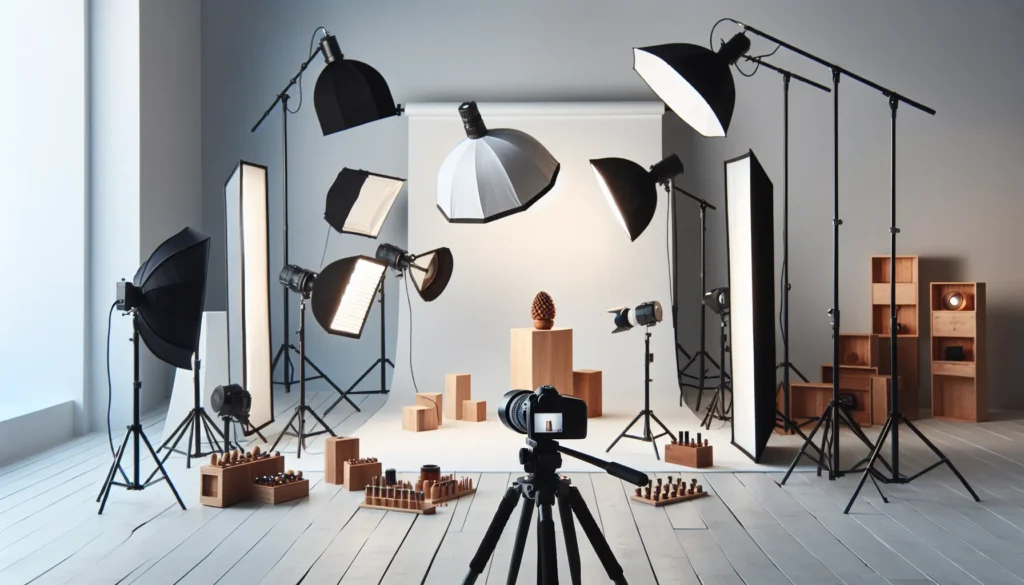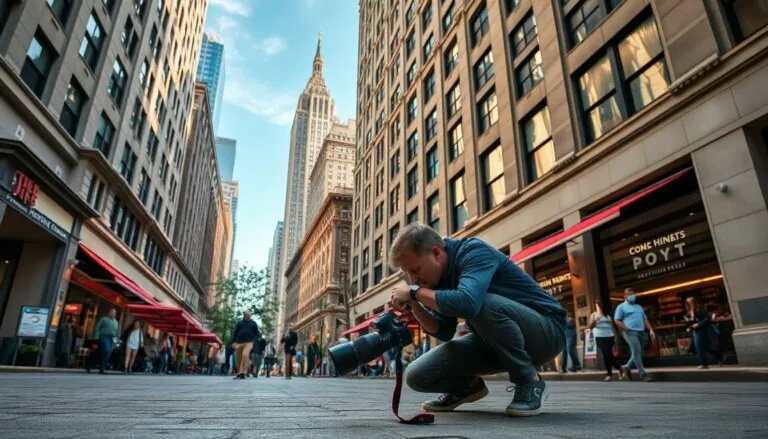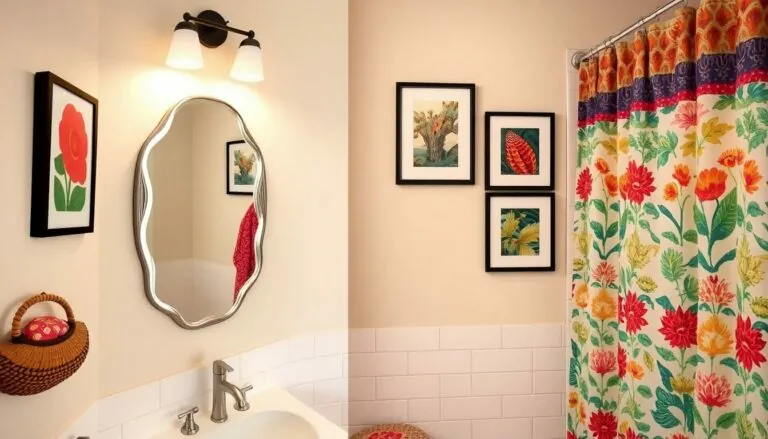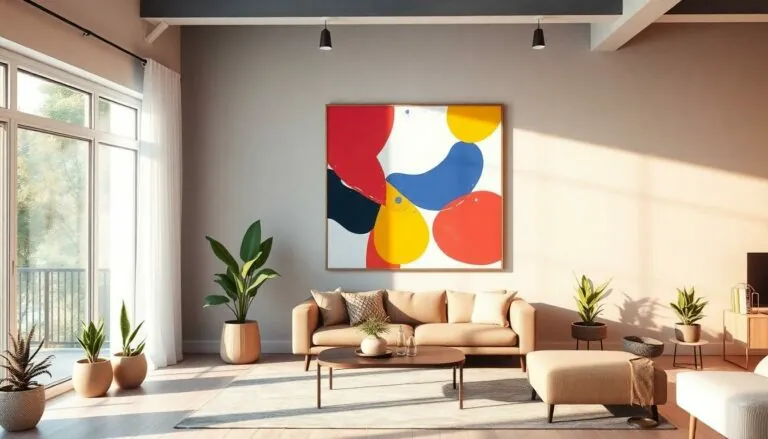Table of Contents
ToggleWhen it comes to product photography, lighting is the unsung hero that can make or break a shot. Imagine trying to showcase a shiny new gadget under the dim glow of a nightlight—yikes! Proper lighting not only highlights the product’s best features but also sets the mood, creating an irresistible allure for potential buyers.
Understanding Product Photography Lighting
Lighting plays an integral role in product photography, profoundly influencing image quality. Proper lighting not only highlights product features but also attracts potential buyers.
Importance of Lighting in Product Photography
Lighting significantly affects the perception of a product in photos. Good lighting enhances details, colors, and textures, making items appear more appealing. Poor lighting can obscure key features and create unflattering shadows, diminishing the overall visual impact. According to studies, images with optimal lighting can increase engagement by up to 44%. Utilizing appropriate lighting improves sales conversions and boosts customer interest.
Types of Lighting Sources
Various lighting sources exist for product photography. Softbox lights produce diffused light, ideal for minimizing shadows and softening details. LED panels offer adjustable brightness and color temperature, providing versatility in different settings. Natural light creates an authentic look, especially when shooting near windows or outdoors. Ring lights provide uniform illumination, making them useful for small products and close-up shots. Selecting the right lighting source directly impacts the aesthetic quality of product images.
Natural Lighting Techniques
Natural lighting plays a vital role in product photography, adding authenticity and vibrancy to images. Effective use of natural light can enhance product appeal and create inviting compositions.
Utilizing Window Light
Window light serves as an excellent source for product photography. It provides soft and flattering illumination, reducing harsh shadows. Positioning products near a window maximizes light exposure, allowing for even distribution across the subject. Using sheer curtains can diffuse sunlight, creating a gentle glow. A consistent light source improves color accuracy, making products appear more true to life. Utilizing window light adds a natural ambiance, connecting products with their environment.
Best Times for Natural Light Photography
Timing significantly influences the quality of natural light photography. The golden hour, shortly after sunrise or before sunset, offers warm, diffused light ideal for product shots. Mid-morning and late afternoon light produces soft shadows, enhancing texture and detail. Avoiding harsh midday sun prevents overexposure, which can wash out colors. Cloudy days also present advantageous lighting conditions, as clouds act as natural diffusers. Knowing these optimal times ensures a photographer captures products at their best.
Artificial Lighting Options
Artificial lighting options play a key role in product photography. These tools help create a controlled environment that enhances product visibility.
Continuous Lighting
Continuous lighting provides a constant source of illumination, allowing the photographer to see how the light interacts with the product in real-time. Using LED lights offers adjustable brightness and consistent color temperature, which leads to more accurate color representation. Many photographers favor softboxes with continuous bulbs, as they diffuse light effectively and minimize harsh shadows. Continuous lighting setups are ideal for beginners, as they enable easy adjustments and allow for experimentation with different angles and placements. This type of lighting can also prove useful for video shoots, providing uniformity across both photos and moving images.
Flash and Strobe Lighting
Flash and strobe lighting deliver brief bursts of intense light, which help freeze motion and achieve sharp details in product images. These lights often produce a higher output than continuous lighting, making them suitable for various shooting conditions. Many photographers utilize external flash units to gain flexibility in positioning and controlling the light source. Strobe lighting can also allow for creative effects by adjusting the power and duration of flashes. A typical setup involves light modifiers like umbrellas or softboxes that soften the light and reduce harsh shadows. Overall, flash and strobe lighting work effectively to enhance product features and maintain a professional look in photography.
Lighting Setups for Product Photography
Effective lighting setups enhance product photography by emphasizing details and creating an inviting atmosphere. This section explores common lighting configurations used to achieve optimal results.
One-Light Setup
A one-light setup offers simplicity and portability, making it ideal for beginners. Using a single light source, photographers can position the light at various angles to cast shadows and highlight textures. Placing the light to the side can create depth while illuminating the product effectively. Softboxes or reflectors can diffuse the light, reducing harsh shadows and enhancing the overall appearance. This setup proves versatile for different product types, from small items like jewelry to larger products like electronics. It provides a straightforward approach to achieving professional-looking images without requiring complex equipment.
Three-Light Setup
A three-light setup elevates product photography by providing comprehensive illumination and defined highlights. This configuration typically includes a key light, fill light, and backlight. The key light serves as the primary light source, illuminating the product directly. A fill light softens shadows created by the key light, ensuring even exposure across the product. A backlight adds separation from the background, creating a subtle halo effect around the subject. This arrangement enhances textures and details, making it perfect for showcasing intricate features. Utilizing a three-light setup produces refined images that capture attention and drive engagement with potential buyers.
Tips for Achieving Professional Results
Achieving professional results in product photography hinges on effective lighting techniques. Knowledge of shadow management and color temperature is vital for creating stunning images.
Softening Shadows
Using diffusers significantly softens harsh shadows. Softbox lights or scrims can help create a gentle light effect that flatters products. Positioning lights at different angles aids in reducing unwanted shadow impact. Experimenting with these placements can lead to better visual results. Many photographers favor natural light for its soft quality, especially during early morning or late afternoon. Techniques like bouncing light off walls or ceilings also contribute to softer shadows, enhancing the overall image quality.
Color Temperature Considerations
Understanding color temperature is crucial for achieving accurate product representation. Warmer light sources, such as incandescent bulbs, can produce yellowish tones, while cooler LED lights create a bluish hue. Adjusting the color temperature ensures that the product’s colors appear true-to-life. A color thermometer aids in measuring and balancing light sources for consistency across images. Photographers often use daylight-balanced lights, rated around 5500K, to produce vibrant colors that appeal to viewers. Maintaining proper color temperature enhances engagement, encouraging potential buyers to make informed purchasing decisions.
Mastering product photography lighting is vital for anyone looking to elevate their visual content. The right lighting not only highlights a product’s features but also creates an inviting atmosphere that draws in potential buyers. Whether utilizing natural light for authenticity or artificial sources for control, each method has its unique advantages.
Effective lighting setups can transform ordinary images into captivating visuals that enhance engagement and boost sales. By understanding the nuances of shadow management and color temperature, photographers can ensure their products are represented accurately and attractively. Investing time in learning and applying these lighting techniques will undoubtedly pay off in the quality of product images and overall customer interest.






